Burgers are taking over the world.
It’s unclear precisely where the hamburger originated, but it was definitely somewhere in the United States. George Motz, author of The Great American Burger Book, places the origin somewhere between 1885 and 1900, with the latter date marking the first time Louis’ Lunch in New Haven, Connecticut served a beef patty between two pieces of toast. From there, burgers spread across the US: burger dynasties rose, regional variations developed, and a national dish was born.
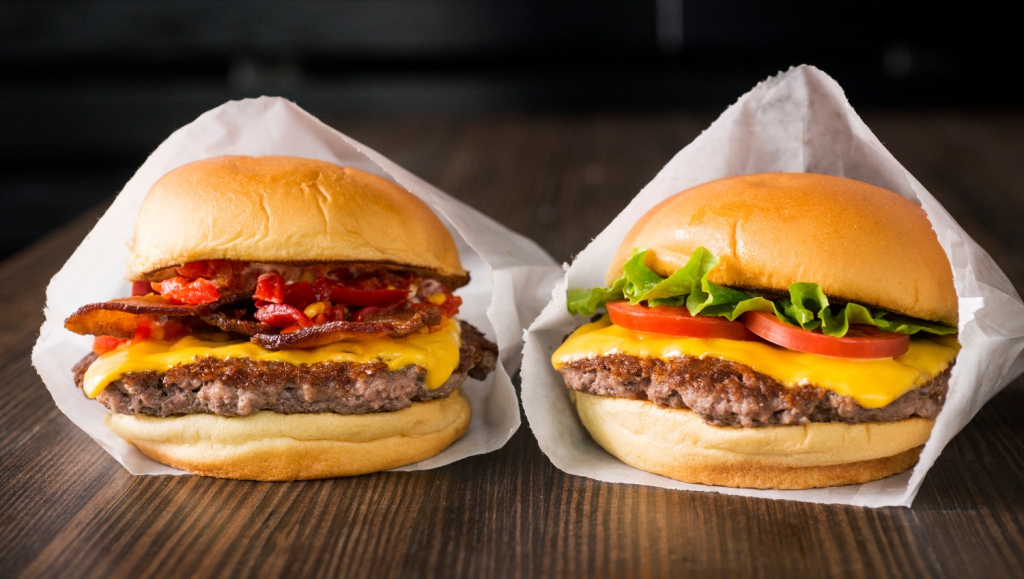
Of course these days, burgers are no longer the sole dominion of Americans. From London to Toronto and Sydney, the humble burger’s popularity has reached all four corners of the map, adapting to the tastes of many, many different cultures along the way. So, with over a century of burger experience and multitudes of global variations at our disposal, what makes for the perfect burger in 2016?
What Makes A Burger?
The deceptively simple sandwich is, at its core, a seared ground beef patty encased in a bun, and some prefer their burgers stripped down to this essential simplicity. Late US food writer Josh Ozersky was a known burger purist who famously favoured his beef patties topped with only some sliced onion and American cheese. “Cheddar is too greasy when melted,” he once said, “and about other cheeses, the less said the better. A square of tangerine-coloured processed cheese food product is what God intended a hamburger to bear.” His preference for this style of burger was so well-known, in fact, that Knife restaurant in Dallas, Texas serves one based on his predilections called, what else? The Ozersky.
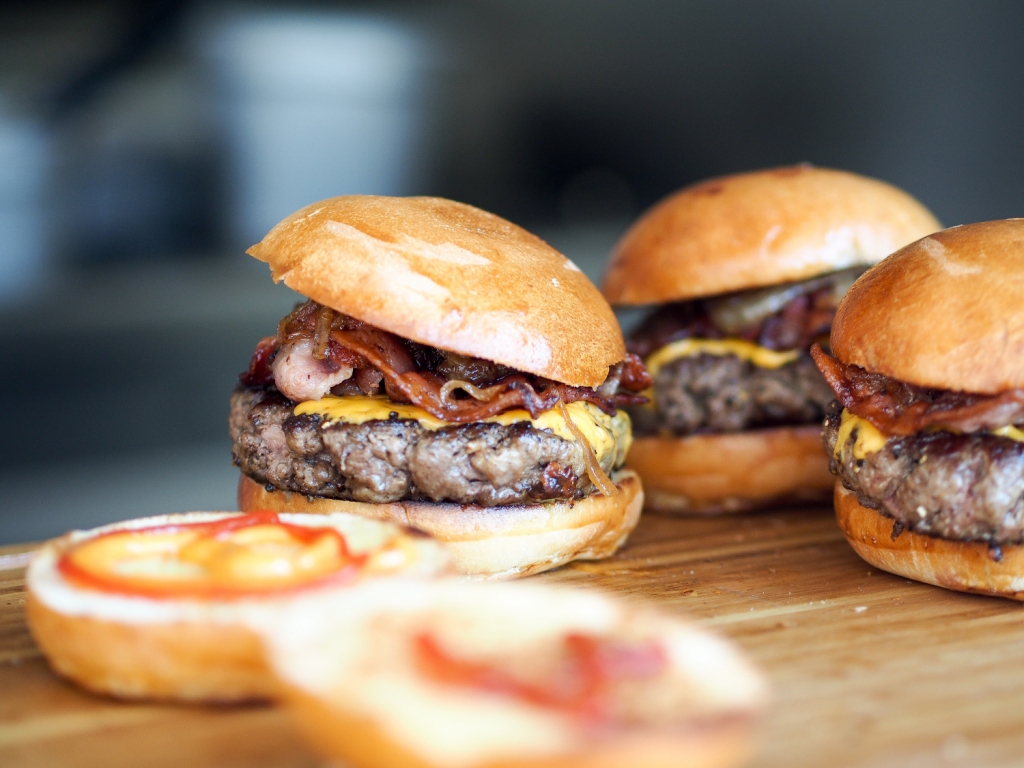
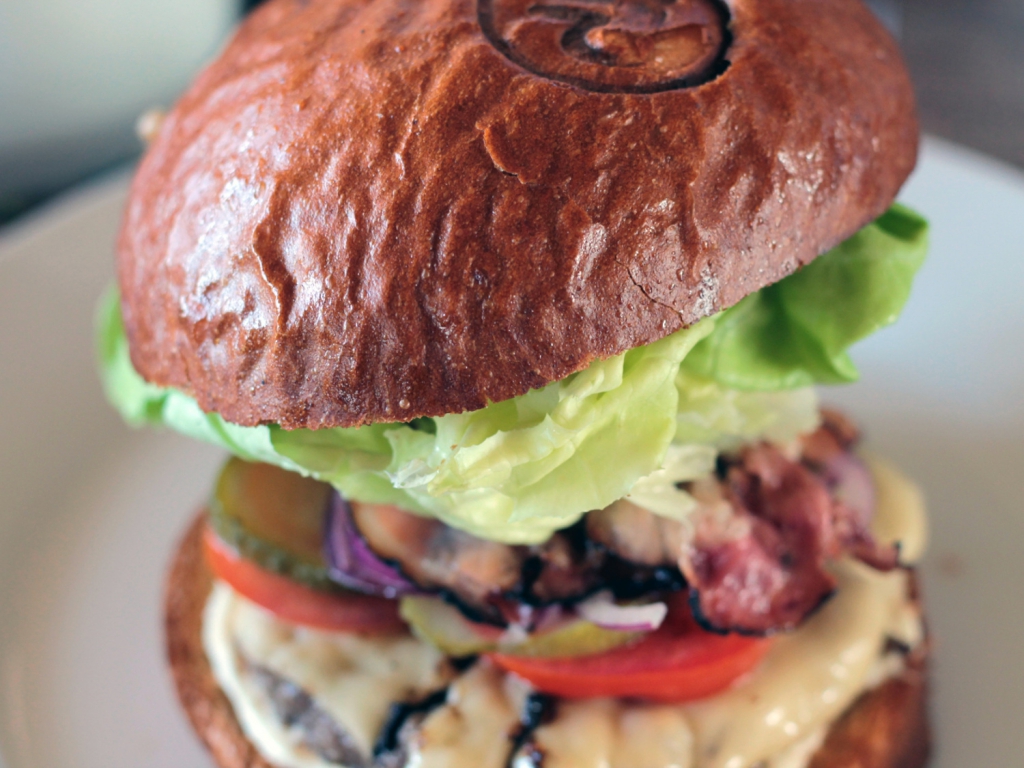
But not everyone’s tastes are so spartan. Cheese or no cheese? Mayo? Ketchup? Mustard? What kind of bun? Are onions and pickles required? Should a burger have one patty or two? Should they be thick or thin? Grilled or griddled? What cut of meat should you grind? And that’s before you even start considering extras like egg, avocado or bacon.
The Beef About It
One thing chefs around the world can agree on is that the perfect burger comes down to the quality of the beef. According to Shake Shack Culinary Director Mark Rosati: “The beef really is the star of the show.” Shake Shack uses a proprietary blend of “really, really delicious all-natural, no-hormone, no-antibiotic beef,” and the goal is that a burger purist like Ozersky could order just beef on a bun and “be handsomely rewarded.” Fred Smith, Head Chef of Byron in London, agrees. “The beef is the most important thing,” he says. Byron uses a blend as well, mixing chuck, skirt, brisket and rib fat together. As far as fat goes, Brendan Sodikoff of Small Cheval in Chicago says an 80/20 blend is best.
Naturally, what you do with the beef is almost as important as the beef itself. Ricardo Santos, Director of Operations at P&L Burger in Toronto, holds that it has to be “ground fresh every time.” They then flatten the burger on a griddle before bunning it up. Rosati agrees that a griddled burger with “a nice crust” is ideal for smaller patties, but if you’re jonesing for a grilled burger, bigger patties will hold up better over charcoal. He also notes that one benefit of using extra-high quality meat is that all it needs is a little salt and pepper to “let our guests enjoy a really good, pure beef experience.”
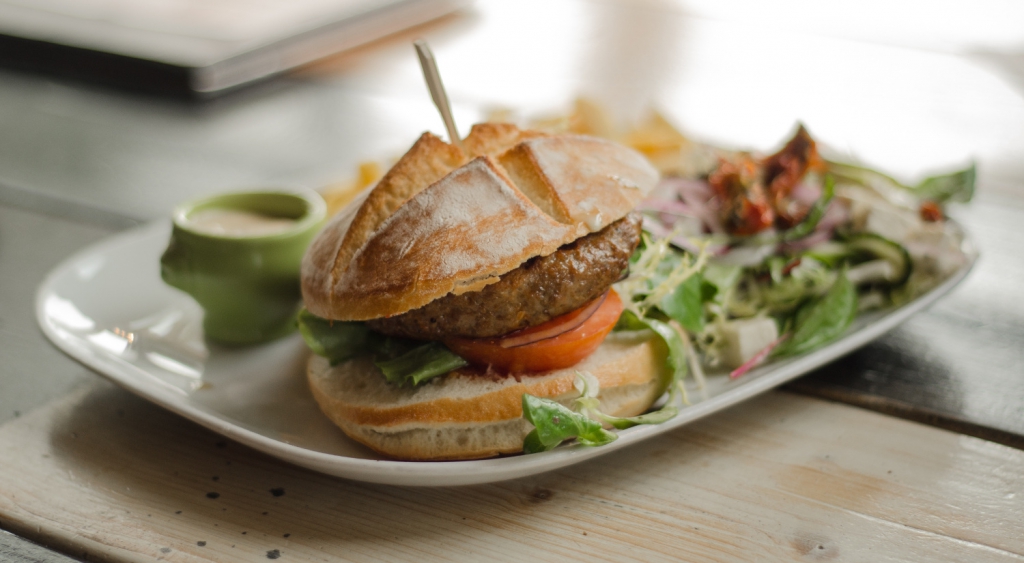
You Gotta Have Buns, Hon
After you’ve got your perfect patty, it needs a place to land. Smith says buns should be “soft and squidgy,” and that the best options have a bit of butter and egg in the dough. He warns against anything too crusty – ”Remember the grim ‘Ciabatta Days’ of the 1990s?” – but does advocate a bit of chew. As for size, Rosati recommends finding a bun with “the right geometry, where it would just cradle the meat and not take away from the beef.” Sodikoff and Santos both recommend toasting the buns.
Top Me Off
Toppings are where the experts start to differ. Santos recommends fresh toppings “in good quantity, the messier the better.” Smith calls for your sauce of choice, so long as it’s on both sides of the bun. Byron uses their special Byron sauce, but he notes that “mayonnaise is sometimes enough: it provides the subtlest hint of flavour and much in the way of texture.” Rosati, on the other hand, is a peacemaker, putting out a spread of toppings for guests to customise: “When I cook burgers for friends, I’ll put a ton of toppings down. I’m pretty loose because at the end of the day, I want my friends to create their own burger and be happy.” He himself prefers onions because “the sharpness cuts through the richness of the beef,” along with ketchup, mustard and pickle relish.
However you like your burger – with an Ozersky-style simplicity or an all-out topping bonanza – make sure you pay attention to the details. “If it’s done right,” says Rosati, “with the right elements, the cheeseburger with no toppings can be as amazing as a very fancified burger. If the burger’s piping hot, right off the griddle, the juices are nice and warm and liquidy, and the cheese is perfectly melted… I think that’s what people really have a connection with, they’re always looking to find.”
Sodikoff agrees: “The greatest impact comes from executing familiar items exceptionally well.”
#staysafe #stayathome #selfisolation
Article by Paula Forbes

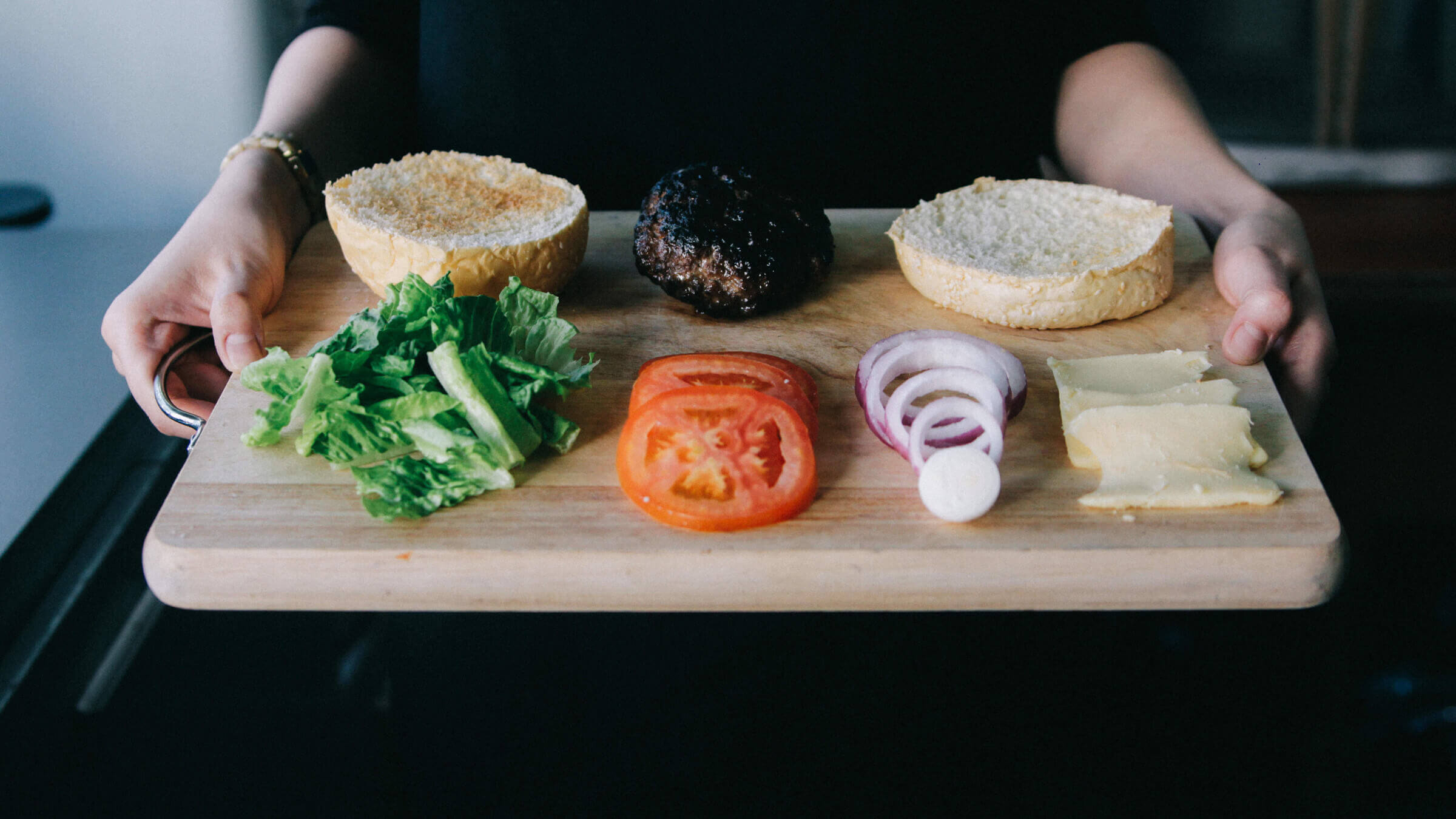
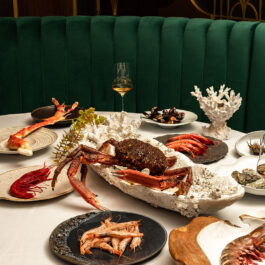










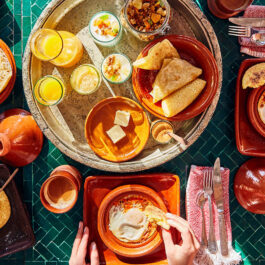
Sorry, the comment form is closed at this time.